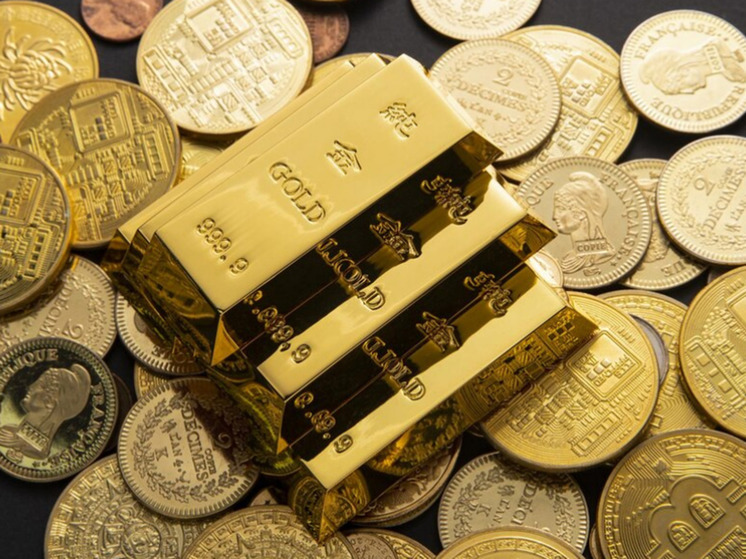Should the population succumb to the “gold rush” and buy bullion
This year, the world's gold rush continues. Central banks around the world continue to increase purchases of gold for their reserves, driving up the price of the precious metal in the markets, and at the same time prefer to store it in their own countries. This is stated in the Roscongress report. Such a rush would be understandable if gold fell in price and central banks stocked up on it cheaply. But no, the precious metal has risen in price at a record level (over $2,400 per ounce) and will probably continue to rise in price due to increased demand.

The authors of the study cite data from the World Gold Council (WGC), according to which in the first quarter of this year, net demand from central banks for Central Bank gold amounted to 290 tons. “This is the strongest start to the year on record,” the document says. The main drivers of demand remain the central banks of developing countries, such as Turkey, China and India. The Russian Central Bank is also very noticeable in the gold market.
There is an obvious trend for 2024: the most liquid commodity is gold. And the securities markets, currencies, including digital and crypto, can burst overnight, like a soap bubble. This is the logic of global financial regulators.
Last year, net gold purchases by world central banks amounted to 1,037 tons, just 45 tons less than the 2022 record. However, according to analysts, increased demand for gold did not arise yesterday or two years ago. It has been visible since 2008, when, against the backdrop of the global financial crisis, the powers that be came to understand that the world monetary system was staggering and, perhaps, was entering a phase of collapse. This sad fact, and not the coronavirus pandemic or the SVO in Ukraine, was the trigger for the start of the current gold rush. And the most reliable airbag against inflation is gold.
Russia does not stand aside from global trends. In recent years, we have increased our gold reserves almost 4 times — up to 2.3 thousand tons. Why did such interest arise in the most noble of metals?
“I wouldn’t call it a rush, but rather an increase in demand,” says Candidate of Economic Sciences, financial analyst Mikhail Belyaev. – Many people still believe in gold as a stable asset for all occasions. In practice, there is such an attitude towards it — as the unconditional embodiment of wealth, which is always an insurance asset.
— Theoretically, this thesis can be questioned. But when not very calm times come in the world, like today, the demand for gold immediately increases — both on a national scale and among individuals.
Gold and foreign exchange reserves consist of two parts: precious metal bullion and currency. Now it is the currency component that is causing some concern. So, countries are trying to reduce it and increase the supply of gold bars.
— Trade between countries will be almost impossible. When the gold standard existed, the gold dot mechanism was used. At a certain point, it was more profitable to transport bullion. However, very large transactions are now being made; in order to pay for them, tons of gold must be transported. This means that it needs to be insured, packaged, guarded, chartered…As an option, special receipts or special certificates are considered. But then another question arises: how will they differ from currency?
— What is gold needed for? So that at some point you can sell it and get normal money. But selling the precious metal is a different story. We need to order an examination, find a buyer… And then it turns out that gold has fallen in price. Now it is very expensive — 2.4 thousand dollars per ounce. The question arises — where to store bullion? It's dangerous at home. It's expensive in a bank safe deposit box…
in general, if you buy gold, then for a long period, invest, as they say, in children and grandchildren. Therefore, gold is a financial asset, rather, for wealthy people who store their capital in different “baskets.”


